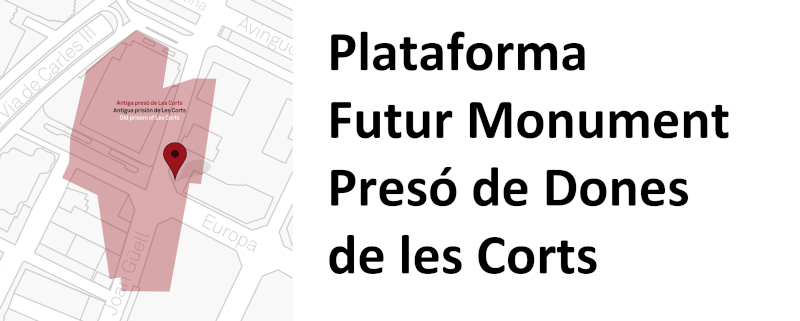The official photographs showing work in the textile workshops or the farm-garden of Les Corts fail to reveal the true nature of the demanding labour system, which, through the sale of agricultural products and sewing work, generated profits for the religious order in charge of its administration.
Textile workshops with machinery were introduced late in women’s prisons for inmates redeeming sentences; in the case of Les Corts, they were not established until the early 1950s. Unlike men’s prisons, and as another example of gender discrimination, mechanised workshops in women’s prisons were both scarce and delayed.
Nonetheless, there was a much more widespread and entirely unpublicised sewing activity carried out informally by the inmates to sustain themselves and, at times, their families outside. No photographs of this labour practice have been preserved. However, testimonies evoke the image of the prison courtyard and rooms filled with women sewing for long hours as a means of survival.



















